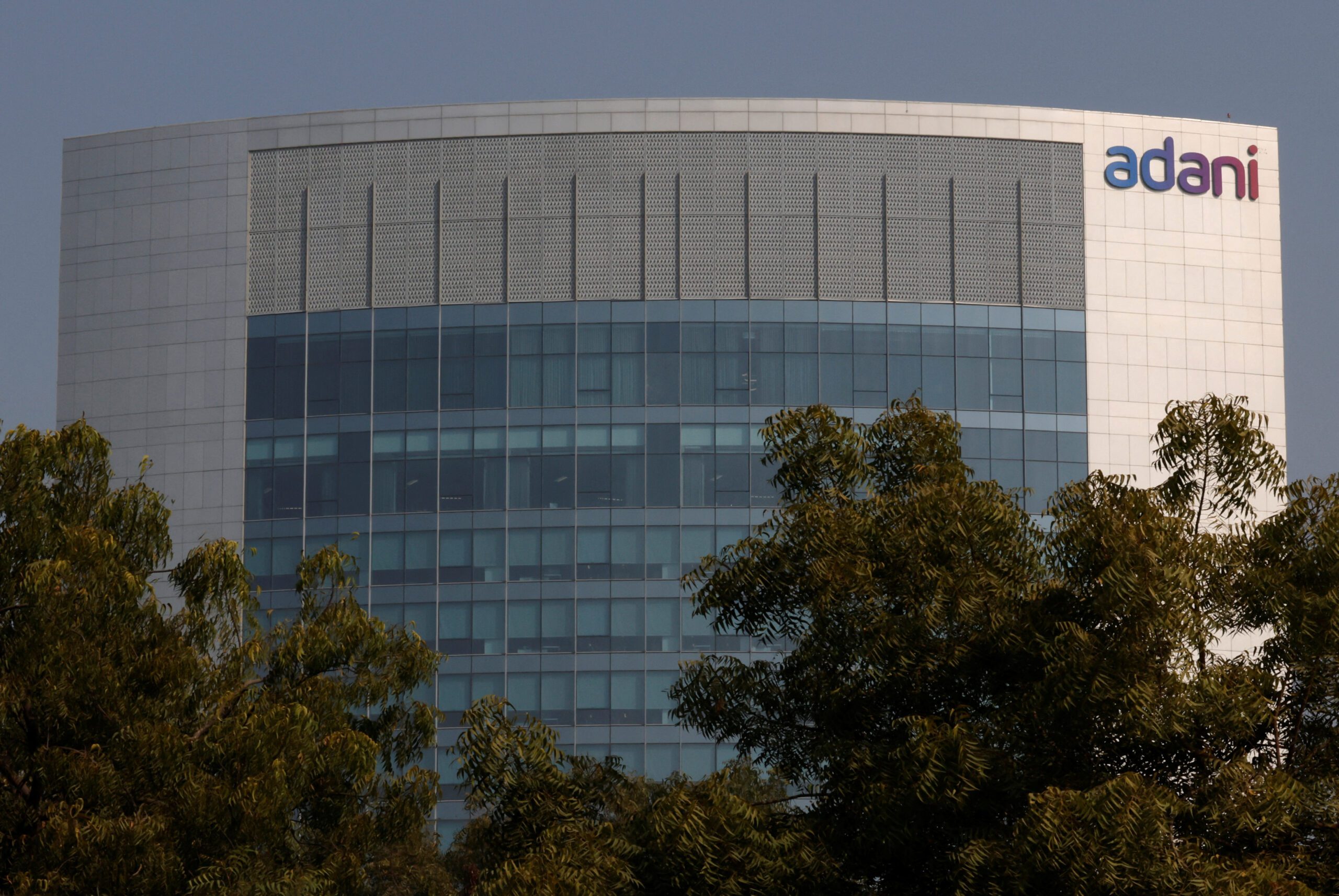Launching a website is just the beginning. To ensure your site remains functional, secure, and relevant, regular maintenance is crucial. Web maintenance involves a range of activities, from updating content to fixing technical issues, all aimed at providing the best user experience. In this post, we’ll explore why web maintenance is essential and offer tips on how to keep your website in top shape.
Security and Protection
- Explain the importance of keeping software and plugins up-to-date to prevent vulnerabilities.
- Discuss the role of regular backups in protecting data and facilitating recovery from cyberattacks.
Performance Optimization
- Highlight how maintenance tasks, such as clearing cache and optimizing images, improve loading times.
- Emphasize the impact of performance on user satisfaction and search engine rankings.
Content Relevance and SEO
- Describe the need for updating content to keep it relevant and engaging for your audience.
- Explain how fresh content and SEO adjustments can boost search engine visibility.
User Experience
- Discuss the importance of maintaining a seamless user experience by fixing broken links and ensuring mobile responsiveness.
- Share how regular testing can uncover and resolve potential user issues.
Regular Updates
- Detail the process of updating your website’s CMS, plugins, and themes to ensure compatibility and security.
- Provide a checklist for performing updates safely.
Content Review and Updates
- Suggest a schedule for reviewing and updating website content to reflect current information and trends.
- Highlight the importance of removing outdated content and links.
Backup and Security Checks
- Recommend setting up automated backups and performing regular security scans.
- Explain how to restore your website from a backup if necessary.
Performance Monitoring
- Introduce tools for monitoring website performance, such as Google PageSpeed Insights and GTmetrix.
- Offer tips on addressing common performance issues, like large image files or server response time.
Maintenance Plugins
- Recommend popular plugins for WordPress and other platforms that assist with maintenance tasks.
- Describe features like automatic updates and backup scheduling.
SEO and Analytics Tools
- Mention tools like Google Analytics and Yoast SEO for tracking site performance and optimizing content.
- Discuss how these tools help identify areas for improvement.
Security Solutions
- Highlight security tools and plugins, such as Wordfence and Sucuri, that protect your site from threats.
- Explain the benefits of implementing a web application firewall (WAF).
Conclusion: Web maintenance is a vital component of running a successful website. Regularly maintaining your site ensures it remains secure, fast, and user-friendly, ultimately helping you achieve your business goals. By investing time and resources into web maintenance, you can provide a seamless online experience that keeps visitors coming back. Whether you manage maintenance in-house or hire a professional, these ongoing efforts are crucial for the longevity and success of your website.
- Support & management
- Web Maintenance Arrangements
- Technical optimization
- Site Speed Optimization
- Virus and Malware Removal
- Website development
- Mobile responsive fixes
- WordPress (CMS) updates
- Themes and template updates
- New content alterations & additions
- Monitoring and analytics
- Plugin updates
- Ecommerce maintenance
- Online inventory management








Leave a Reply